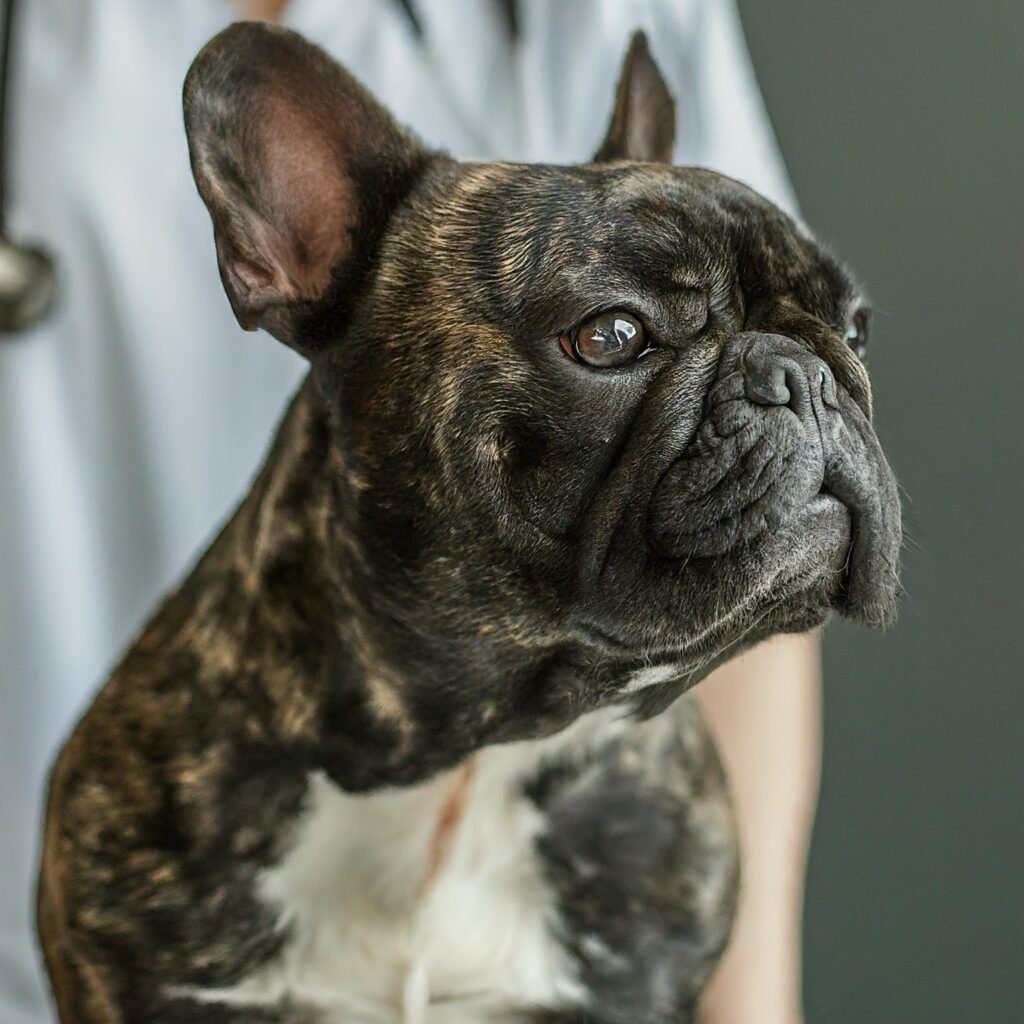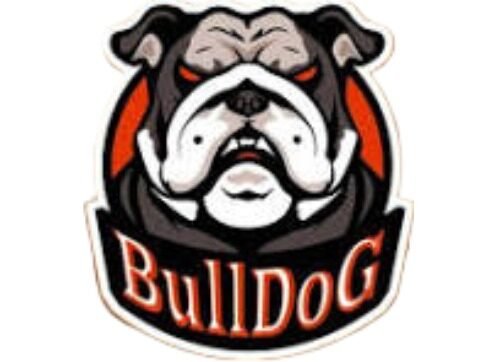Attention all French Bulldog owners! Are you aware of a silent threat that could be lurking within your beloved furry friend? It’s time to shine a light on IVDD, a condition that can affect our adorable French Bulldogs. IVDD (Intervertebral Disc Disease) is a serious spinal condition that needs early detection and prompt treatment. In this blog post, we will explain what IVDD is, how it impacts our precious pups, the signs and symptoms to look out for, and why early detection and treatment are so important. So grab your cup of coffee and let’s embark on this informative journey together – because when it comes to our four-legged family members’ health, knowledge truly is power!

What is IVDD?
Intervertebral Disc Disease, or IVDD, is a condition that affects the spinal discs in dogs. These discs act as cushions between the bones of the spine and help with flexibility and support. In French Bulldogs, IVDD can be a serious issue due to their unique body structure.
IVDD happens when the spinal discs weaken or become herniated, pressing against the surrounding nerves or spinal cord. This can cause pain, trouble moving, and even paralysis if not treated.
French Bulldogs are more likely to get IVDD because of their short legs and long bodies. Their spine’s shape puts extra stress on the discs, making them more likely to get damaged.
As a French Bulldog owner, it’s important to know the signs of IVDD so you can get help early. Look for symptoms like reluctance to jump or climb stairs, difficulty walking or standing after resting, yelping in pain when touched, or changes in bladder or bowel habits. If you see any of these signs, contact your vet right away.
Early detection is crucial for managing IVDD in French Bulldogs. If you think your dog might be in pain or having back problems, don’t ignore it! Get them checked by a vet as soon as possible.
Remember, every dog is different and might show different signs of IVDD. It’s a good idea to know about the risks specific to French Bulldogs and to have regular check-ups with your vet to keep your dog healthy, including their spine.
By keeping an eye on your French Bulldog’s health and getting veterinary care when needed, you can help them get the right treatment before their condition gets worse.

How IVDD Affects French Bulldogs
French Bulldogs are known for their unique and adorable appearance, but they can also have certain health issues. One of these is IVDD, or Intervertebral Disc Disease, which affects the spinal discs in French Bulldogs and causes them to become degenerated or herniated.
When a French Bulldog has IVDD, it can cause various symptoms and discomfort. The condition happens when the jelly-like substance inside the spinal discs pushes against the surrounding nerves, causing pain and inflammation. This can make it hard for them to walk or run and may lead to loss of bladder control.
The impact of IVDD on French Bulldogs can vary. Some dogs might have mild discomfort and temporary trouble moving, while others could suffer from paralysis and need surgery.
Owners should watch for early signs like reluctance to move or jump, unsteady walking, whimpering or yelping when touched around the spine, and changes in behavior such as increased aggression or withdrawal.
If you think your French Bulldog might have IVDD, it’s crucial to get veterinary help immediately. Early detection is important for successful treatment, which might include medication or surgery.
Understanding how IVDD affects French Bulldogs can help owners notice potential symptoms early. By paying attention to any changes in your dog’s behavior or movement, you can ensure they get the care and treatment they need. Stay alert and keep your beloved Frenchie’s well-being in mind!
Signs and Symptoms of IVDD in French Bulldogs
Signs and symptoms of IVDD can range from mild to severe in French Bulldogs. It’s important for dog owners to be aware of these signs to get early detection and treatment.
One common sign is a change in your French Bulldog’s walking pattern. You might see your dog dragging their back legs or being hesitant to jump or climb stairs. Another sign is pain or sensitivity around the neck or spine. Your dog might yelp when you touch their back and show signs of discomfort.
Other symptoms include muscle spasms, weakness in the limbs, and loss of bladder control. If you notice sudden changes in your French Bulldog’s behavior, like decreased appetite, restlessness, or reluctance to move, it could be a sign of IVDD.
Don’t ignore these signs, as early detection can greatly improve the chances of successful treatment and recovery for your furry friend. If you think your French Bulldog may have IVDD, consult with a veterinarian who specializes in spinal conditions.
Being vigilant about any changes in your French Bulldog’s behavior and seeking prompt medical attention can make a big difference in managing IVDD effectively.
Early Detection and Treatment of IVDD
Early detection and prompt treatment are crucial for managing IVDD in French Bulldogs. As responsible pet owners, it’s important to know the signs and symptoms that might indicate this condition.
One of the first signs is a change in your French Bulldog’s walking or mobility. If you notice difficulty walking, hesitation, or reluctance to jump or climb stairs, it could be an early sign of IVDD. Also, watch for back pain or sensitivity when touched around the spine.
Other warning signs include unusual behaviors like increased agitation, yelping, or whining without an obvious reason. These minor changes can quickly get worse if left untreated.
If you see any concerning symptoms, seek veterinary help right away. Early diagnosis gives your dog a better chance for successful treatment and management of IVDD. Your vet will examine your dog thoroughly and might do tests like X-rays or MRI scans.
Treatment depends on how severe the condition is. It often includes medication for pain relief and reducing inflammation, along with strict rest and limited activity. In more serious cases, surgery might be needed to relieve pressure on the spinal nerves.
Each dog is different, so treatment plans should be customized for their needs. By being vigilant and seeking timely help, you can give your French Bulldog the best care and improve their chances of recovery.

In conclusion, IVDD is a serious condition that can affect French Bulldogs, causing pain, mobility issues, and even paralysis if left untreated. Early detection and prompt treatment are essential for managing IVDD effectively. Be aware of the signs, such as changes in walking, reluctance to move, and sensitivity around the spine. If you notice any symptoms, seek veterinary help immediately. Treatments may include medication, rest, or surgery, depending on the severity. By staying vigilant and proactive,youcanensure your French Bulldog gets the best care and improves their chances of recovery. Keep your furry friend’s well-being in mind and consult your vet regularly.

1. What are the first signs of IVDD in French Bulldogs?
Common signs of IVDD in French Bulldogs may include:
- Reluctance to move or walk.
- Difficulty in jumping or climbing stairs.
- Hunched back or neck.
- Yelps or whines when touched or picked up.
- Hind limb weakness or paralysis.
- Incontinence.
2. Can French Bulldogs recover from IVDD?
Dogs that show signs of pain, have difficulty walking, or are unable to walk but still have sensation in their limbs have about a 55-60% chance of improvement with crate rest and medications. Those same dogs have about a 95% chance of improvement with surgery.
3. What does stage 1 IVDD look like?
Stage one: Pets with stage one IVDD experience neck or back pain at the rupture site but do not exhibit any neurologic deficits.
4. What does stage 2 IVDD look like?
Stage two: Pets can walk, but they are uncoordinated and may knuckle over when they walk.
5. What does stage 3 IVDD look like?
Stage three: Pets can move their limbs but cannot stand or walk.







